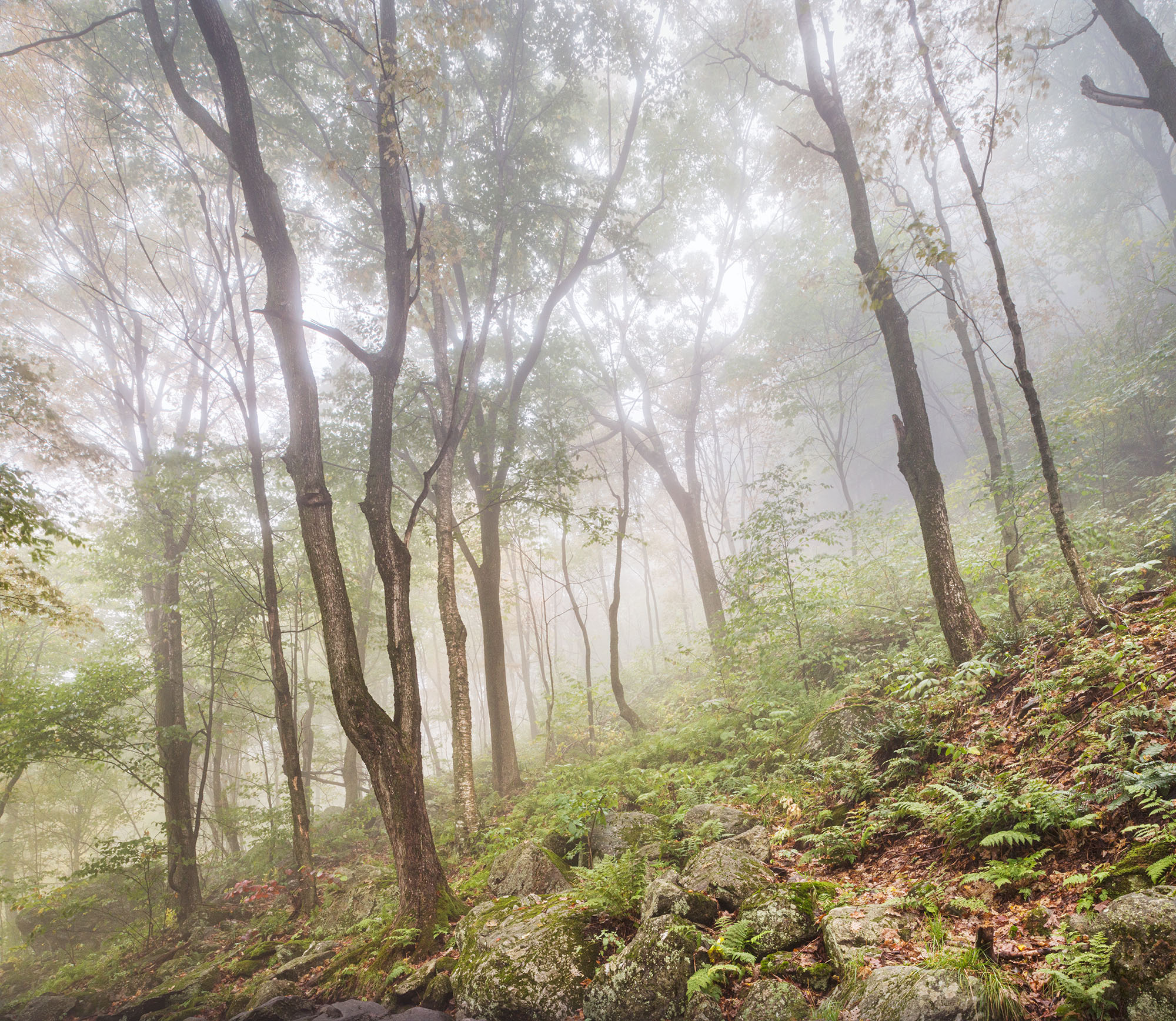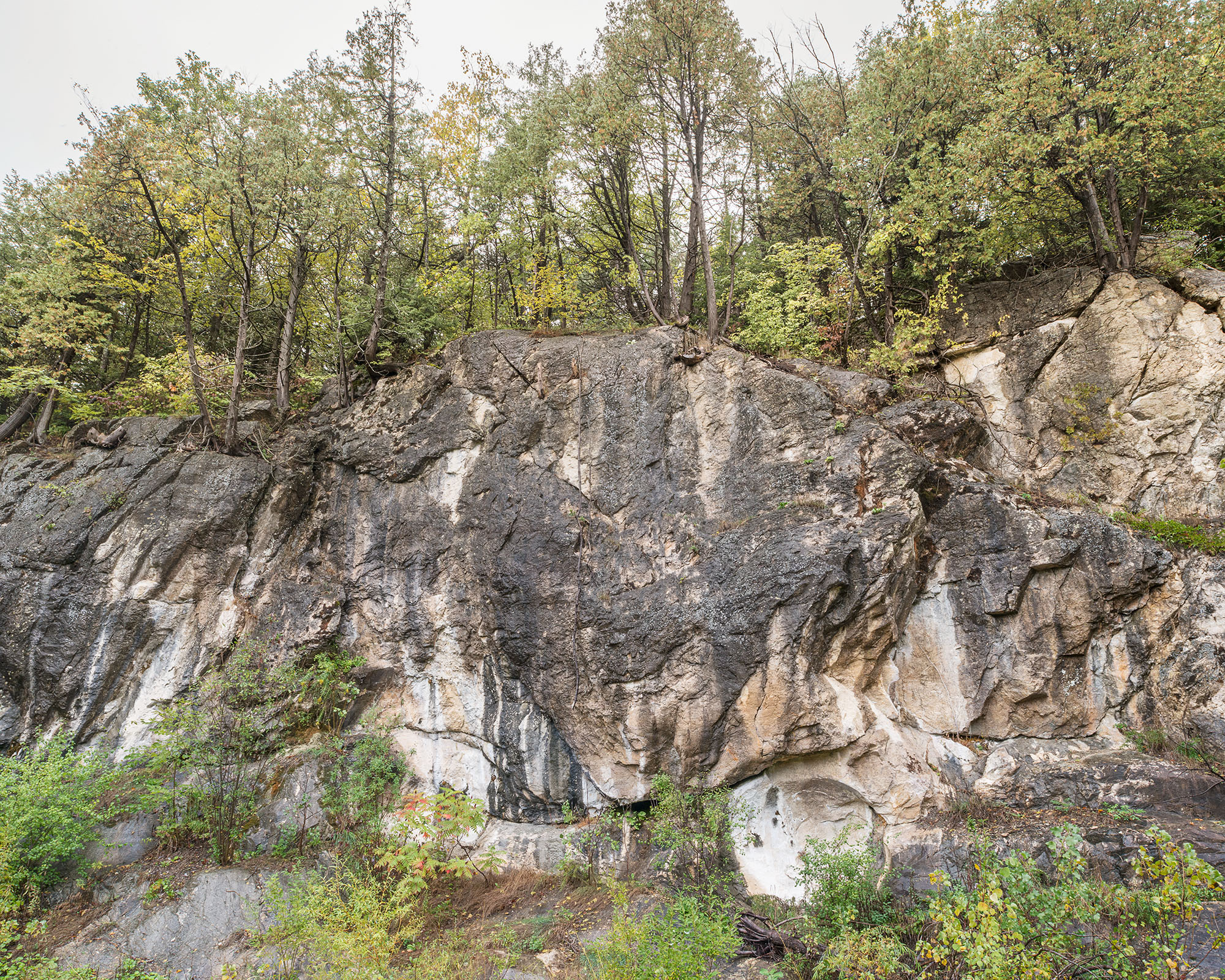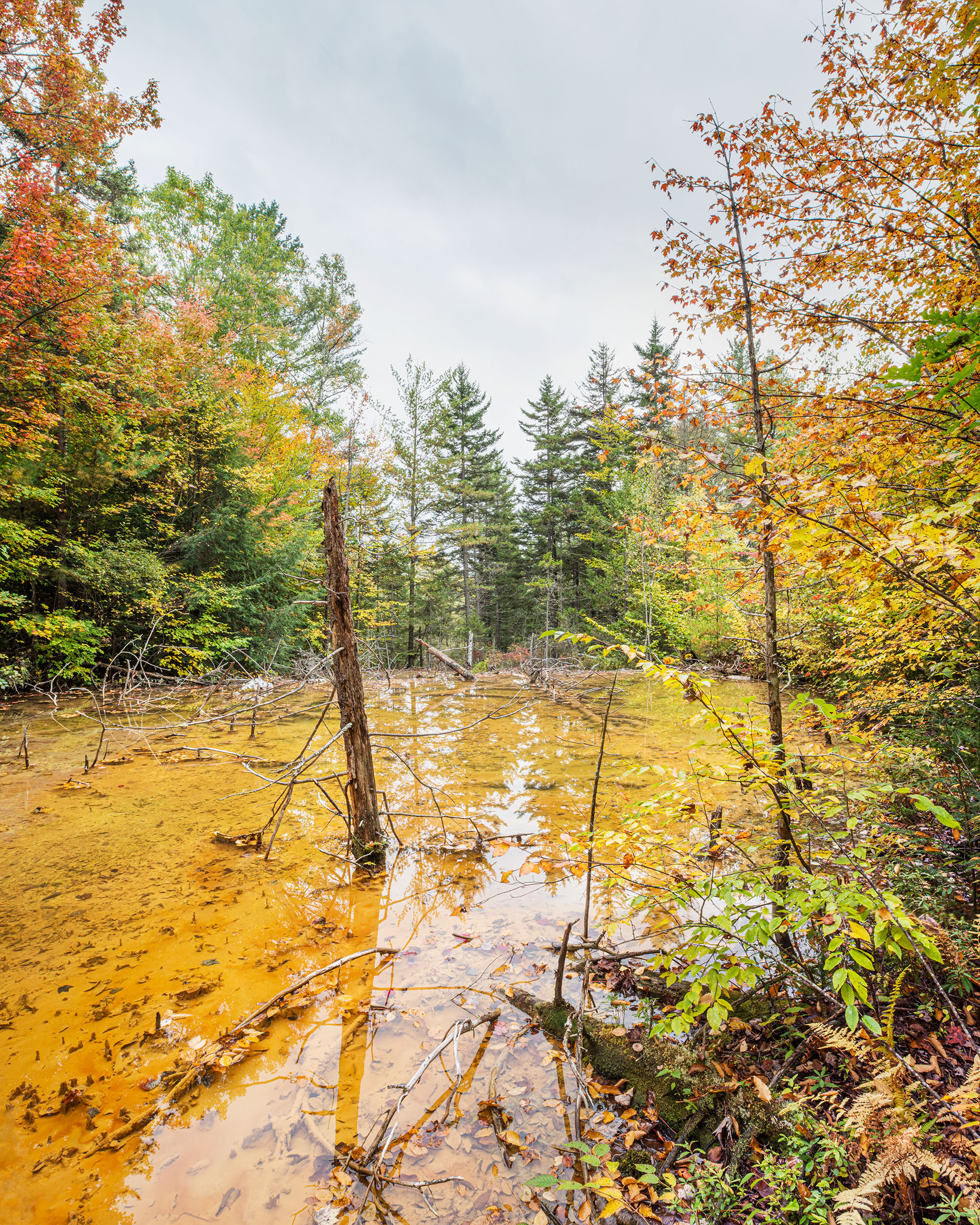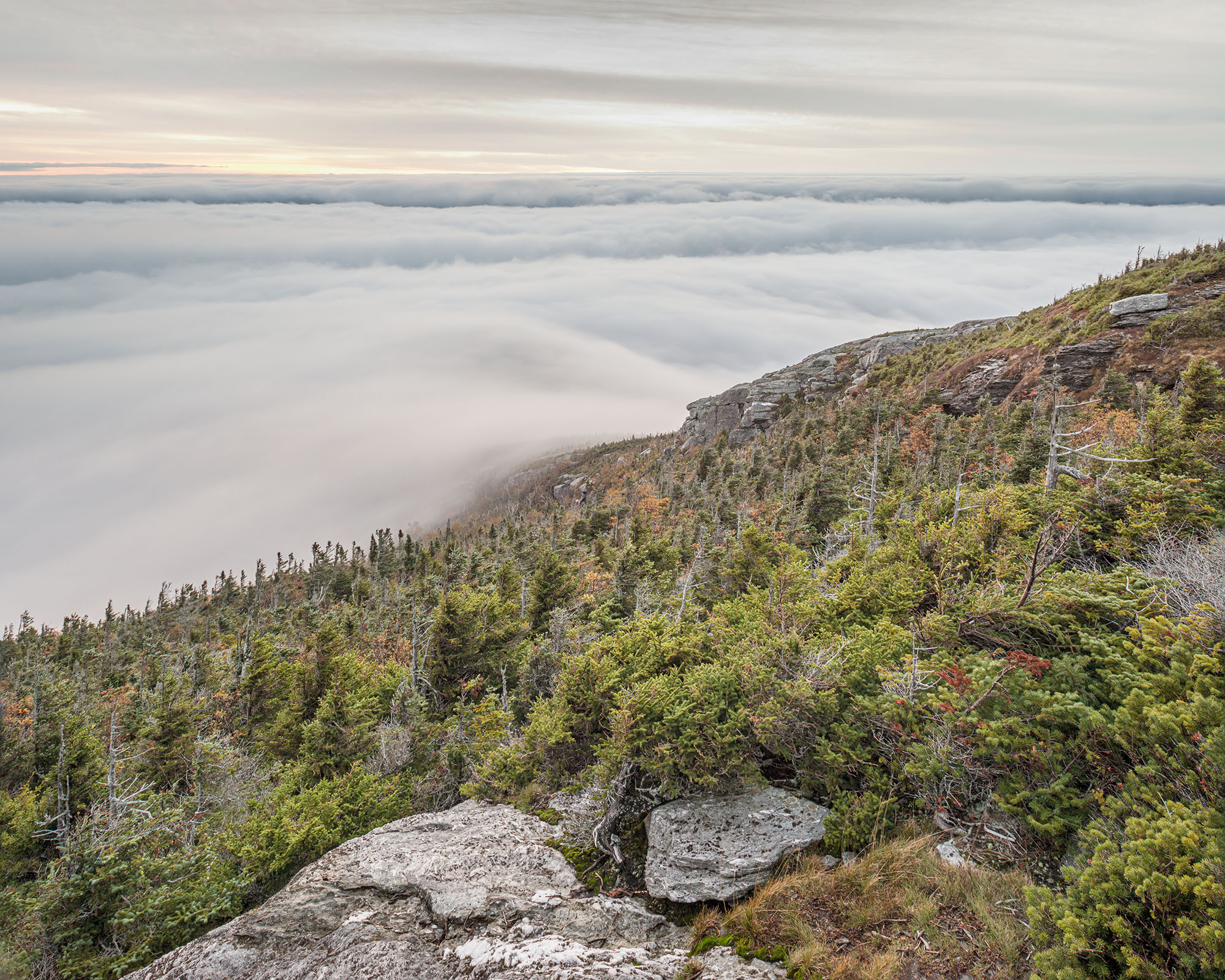The case study for DISTURBED HARMONIES [ANTHROPOCENE LANDSCAPES] aimed at tracing George Perkins Marsh's heritage in Northeast America. He was among the first to criticise the devastating effects of colonisation and industrialisation on the pristine American landscapes. The photographic part of the project concentrated on the few remaining old-growth forests in the region, which have remained ever since.

Cedars are considered the oldest trees of Northeast America. They remain relatively small and grow extremely slowly. Some of the specimens in these cliffs are likely to have witnessed the colonisation of the region by French and English troops and the “Battle of Lake Champlain” against the Iroquois in 1609.
But the vengeance of nature
for the violation of her harmonies,
though slow, is sure,
and the gradual deterioration
of soil and climate . . .
is as certain to result
from the destruction of the woods
as is any natural effect
to follow its cause.
____________________
George Perkins Marsh, Man and Nature – Or, Physical Geography as Modified by Human Action, (first published 1864), David Lowenthal (ed.), The Belknap Press of Harvard University Press, Cambridge, Massachusetts, 1974, p.216

The title of the long-term project on human-altered landscapes derives from a quotation from George Perkins Marsh‘s „Man and Nature“. It was first published in 1864. Marsh was a self-taught scholar and unsuccessful businessman who was equally involved in destroying and preserving pristine American landscapes. Condemning the mistakes of his earlier life, he became a fountainhead of the conservation movement and predecessor of Paul J. Crutzen‘s suggestion for a geological epoch defined by humanity‘s impact on the Earth system: the Anthropocene (2000).
Supported by a travel grant, I visited George Perkins Marsh’s home state of Vermont as well as other parts of New England and Ontario, searching for traces of his heritage as an entrepreneur and environmentalist. During Marsh’s lifetime, the Northeast of America was almost entirely deforested. Marsh pointed out the devastating effects of clear-cutting on climate, bio-diversity and food production. Since the decline of Vermont’s industries and sheep farming economy, big parts of the state were regained by forests. Nowadays, the state advertises itself as the “Green Mountain State”. However, only very few original stands have been left. The oldest trees are cedars and alpine krummholz that survived in inaccessible areas and could thus be preserved from colonial and capitalist exploitation.
Insufficient funding prevented the completion of the case study. Nevertheless, it became an important pillar for the long-term project. Archive research in the Smithsonian Institution would allow for a more elaborate complementation with historical footage. The archives hold the estate of George Perkins Marsh. In addition to numerous manuscripts and letters, they also contain his collection of prints that illustrate his fascination with European art, which might explain his romantic view of nature.

Among other investments into sheep farming and railroad construction that almost left him bankrupt, George Perkins Marsh ran a quarry and built roads while living in Burlington.

The site of the abandoned copper mine is one of the most contaminated remnants of Vermont’s short industrial history.

The wind-beaten pine trees are part of an arctic tundra vegetation that has survived through the centuries due to its remoteness and small economic value.

Every year, millions of visitors admire the forces of nature that once inspired the construction of the world’s oldest large-scale hydropower plant. The waterfalls are at the Niagara Escarpment's eastern end, extending over several hundred kilometres through Canada and the North of the United States.

The cedars growing in these cliffs are Northeast America‘s oldest trees. Some are more than 1000 years old. Their inaccessible stands prevented them from economic exploitation.
Gefördert vom Ministerium für Kultur und Wissenschaft des Landes NRW im Rahmen der Individuellen Künstlerinnen- und Künstlerförderung, einem Projekt der ecce GmbH.
[Funded by the Ministry for Culture and Science of the federal state of North Rhine-Westphalia in the framework of the Individual Artist Grants, a project of ecce GmbH.]
